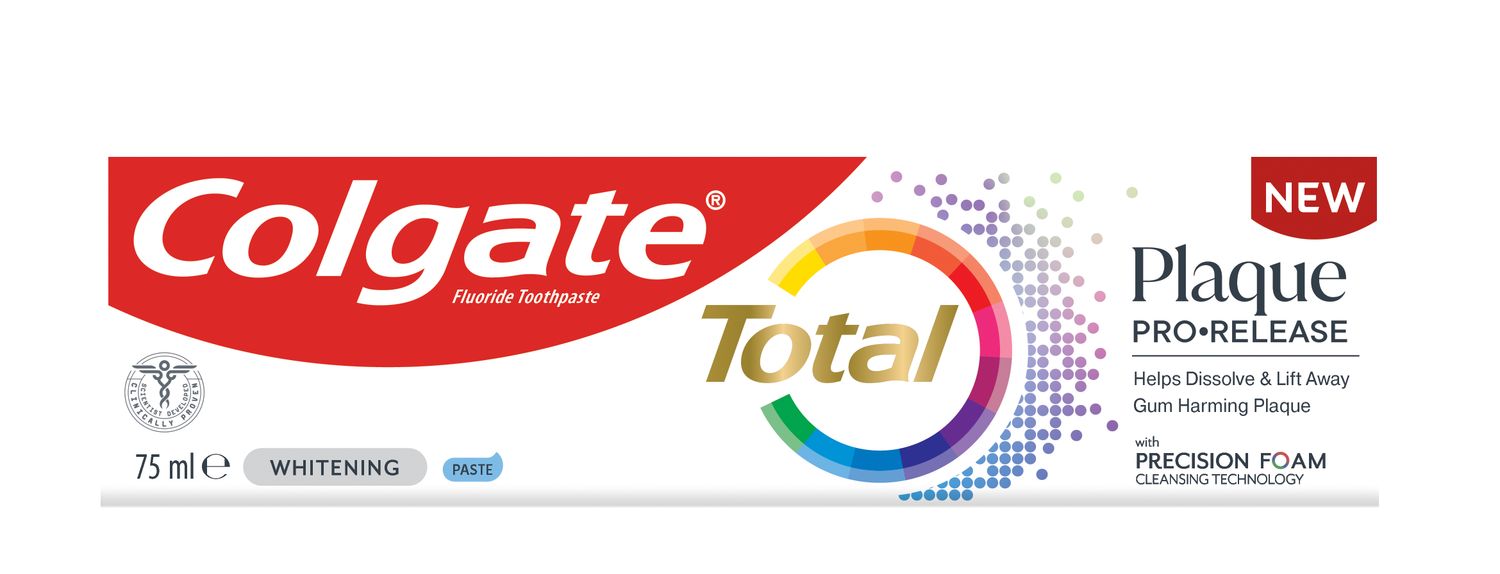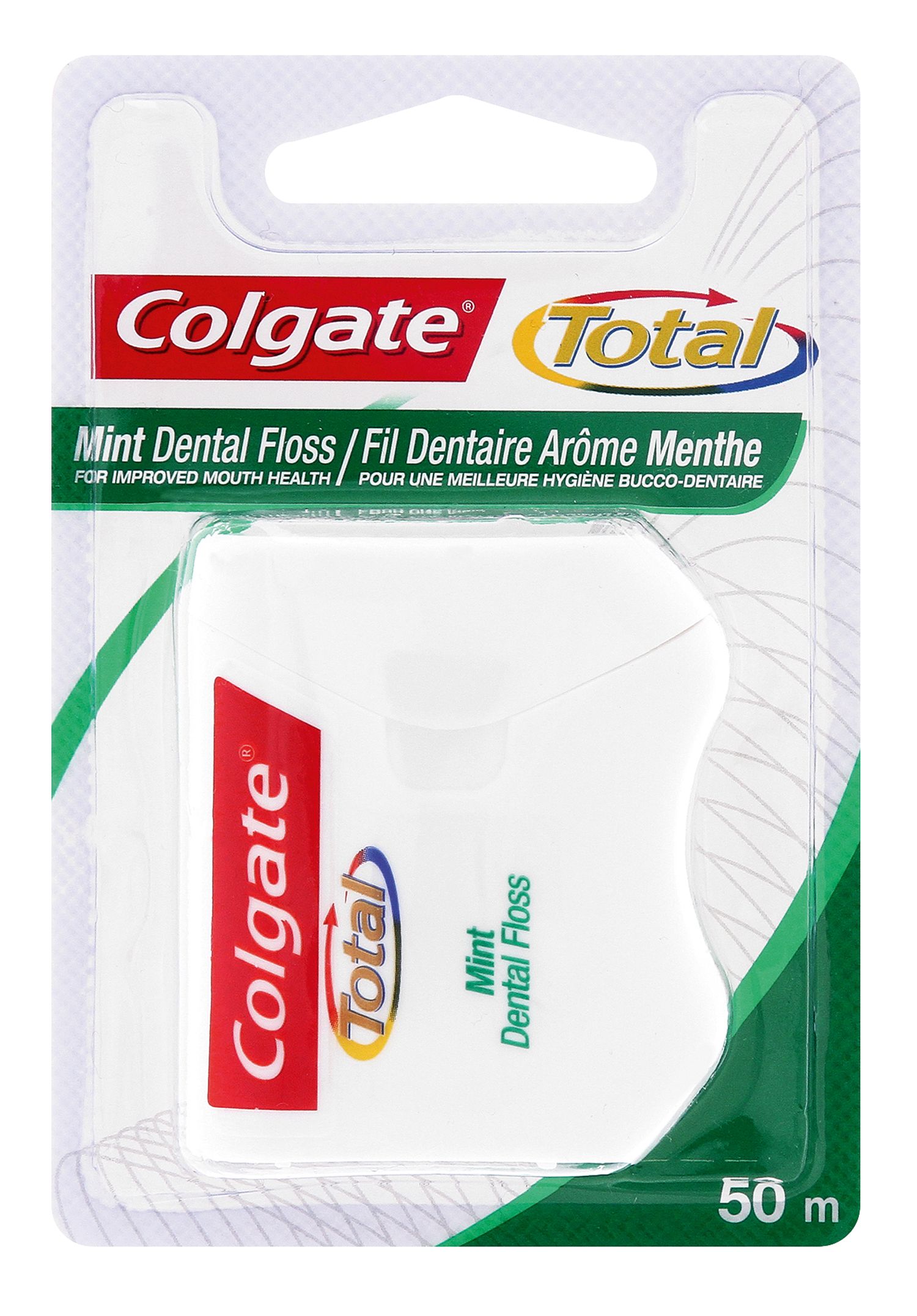-
-

CAVITIES
Can You Heal A Cavity At Home?You feel a sharp pain when you bite down or try to eat. You think it's a cavity, but you're not 100 percent sure...

BAD BREATH
How To Cure Bad BreathMore commonly known as bad breath, halitosis is an embarrassing hygiene issue that nobody wants, but some of us get every now and then...
-
Science & Innovation
- Colgate® | Toothpaste, Toothbrushes & Oral Care Resources
- Oral Health
- Anesthesia
- Dental Anesthesia Side Effects And Causes For Treatment


Medical procedures are sometimes necessary to maintain your health, including oral health. Anesthesia is inherent to more involved procedures, whether it's knee surgery or filling an advanced cavity, and when properly administered, it isn't a point of concern. But some people do suffer from dental anesthesia side effects. Here's a look into anesthesia and why some patients don't respond as well to it.
Anesthesia Types
There are two types of anesthesia: local and general. The American Academy of Pediatric Dentistry (AAPD) defines local anesthesia as "the temporary loss of sensation including pain in one part of the body produced by a topically-applied or injected agent without depressing the level of consciousness." In effect, your dentist simply desensitizes a portion of your mouth by injecting medicine into the gum or inner cheek; you can stay awake for this process. General anesthesia, according to Aetna, sedates you for an extended period of time, and an air tube allows you to breathe while you're asleep.
Although the term can be misleading, general anesthesia has a much more specific role to your comfort during a procedure, and is administered by a trained professional such as an oral-maxillofacial surgeon or medical anesthesiologist. Local (or regional) anesthesia is used for much simpler types of treatment, wherein your needs are minor enough that your bodily state can remain the same.
Procedures Requiring Anesthesia
Unfortunately, not all trips to the dentist are as easy as a routine cleaning so check before booking your next appointment. Tooth extraction is one of the most common processes necessitating anesthesia. When a tooth that has become decayed needs to be removed, the doctor anesthetizes the area of your mouth surrounding that tooth. Wisdom teeth are another common cause for anesthetized removal, usually due to impaction or simply not having enough room to erupt.
Although root canals have become much easier over the years, they are another example of when an anesthesia is necessary. When a tooth's pulp becomes damaged or diseased, the part of the tooth that houses the pulp needs to be removed and sealed, thereby saving the tooth from extraction. Probably the most common need for anesthesia, however, is in the filling of a cavity. A filling is required when a small section of your tooth succumbs to decay, creating a small area that the dentist will remove the decay and fill the cavity.
Dental Anesthesia Side Effects
Side effects from a local anesthesia are few and far between, but they do occasionally arise. Numbness felt beyond the affected part of the mouth is a very common one. Following a local injection to your gums, for example, the medicine can cause your eyelid or cheek muscles to droop. After the anesthesia wears off, this numbness dissipates. Here are a few more:
- Unable to blink – If you can't blink one of your eyes, your dentist can tape it shut until the numbness ceases so that it doesn't dry out.
- Hematoma – Described as a blood-filled swelling, this can happen if the needle strikes a blood vessel upon injection.
- Racing heart beat – The vasoconstrictor drug in the anesthesia can increase your heart beat for a minute or two. Be sure to mention this to your doctor if you notice it.
- Nerve damage – If the needle directly hits a nerve, the result can be numbness and pain that lasts for weeks or months. Nerve damage is very rare in a regional injection, according to the American Society of Regional Anesthesia and Pain Medicine (ASRA).
The best way to avoid any dental anesthesia side effects is to lower your risk of issues that warrant a desensitizing solution. Brushing, flossing and a healthy diet are all keys to keeping a healthy mouth. Of course, make sure you schedule your regular dental checkup, too.
Related Products

Helping dental professionals
More professionals across the world trust Colgate. Find resources, products, and information to give your patients a healthier future










